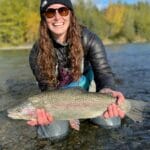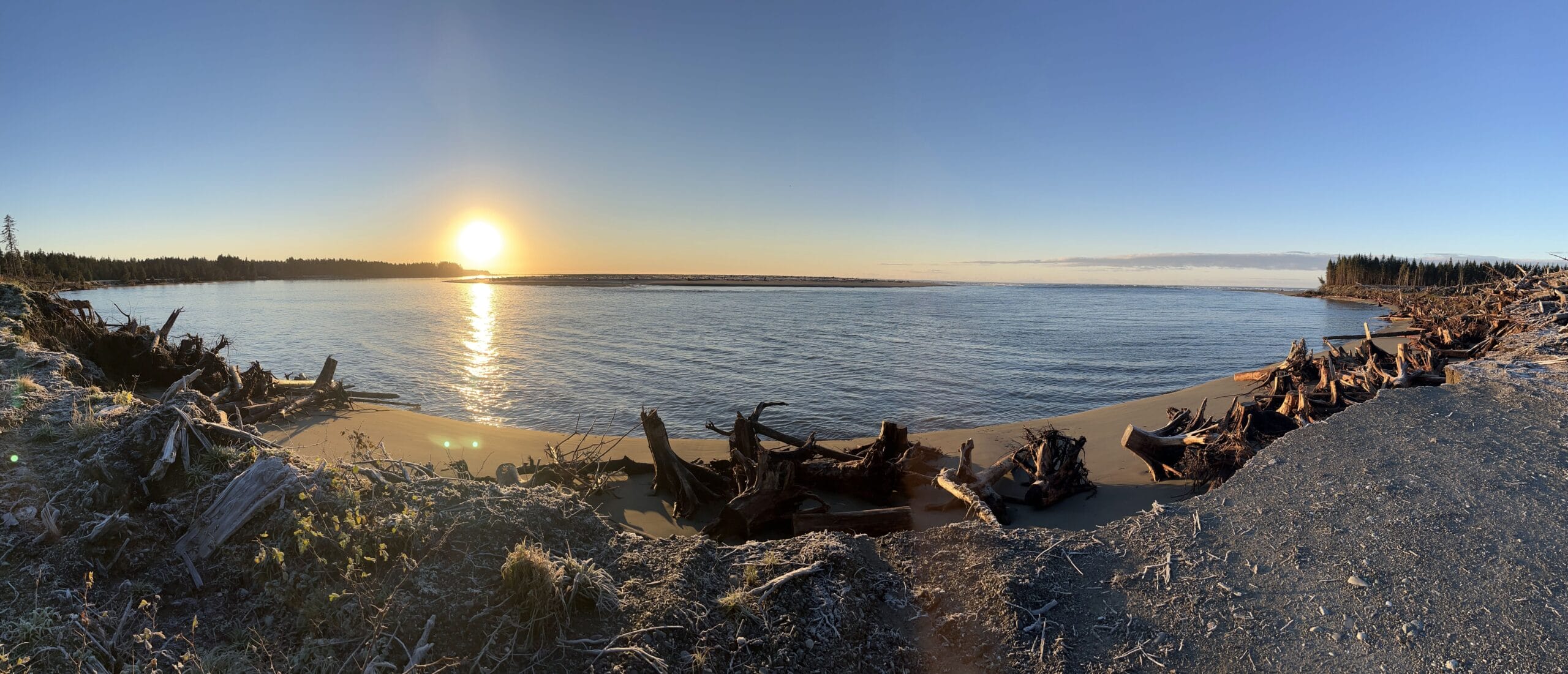Yakutat is a land of superlatives. The Situk River is Alaska’s largest steelhead fishery. Hubbard Glacier is North America’s largest tidewater glacier. Snow-capped mountains, vast glaciers and old-growth rainforest surround a rich complex of waterways the are some of the most productive salmon- and steelhead-producing waters in the state. All five species of Alaska’s Pacific salmon can be found in Yakutat, in addition to steelhead, rainbow trout, cutthroat trout, Dolly Varden, and hooligan.
The scenery and fishing opportunities here will take your breath away, but even this far-flung corner of Alaska isn’t immune to the degradation of fish habitat that can happen when development occurs alongside rivers and streams.
Logging and road construction have left scars across Yakutat Forelands. Failing or undersized culverts fragment habitat and reduce fish populations by cutting off fish migration to critical spawning and rearing areas. These culverts increase the risk of flooding and infrastructure damage to the roads that pass over them, which is an incredibly costly ordeal in rural Alaska.
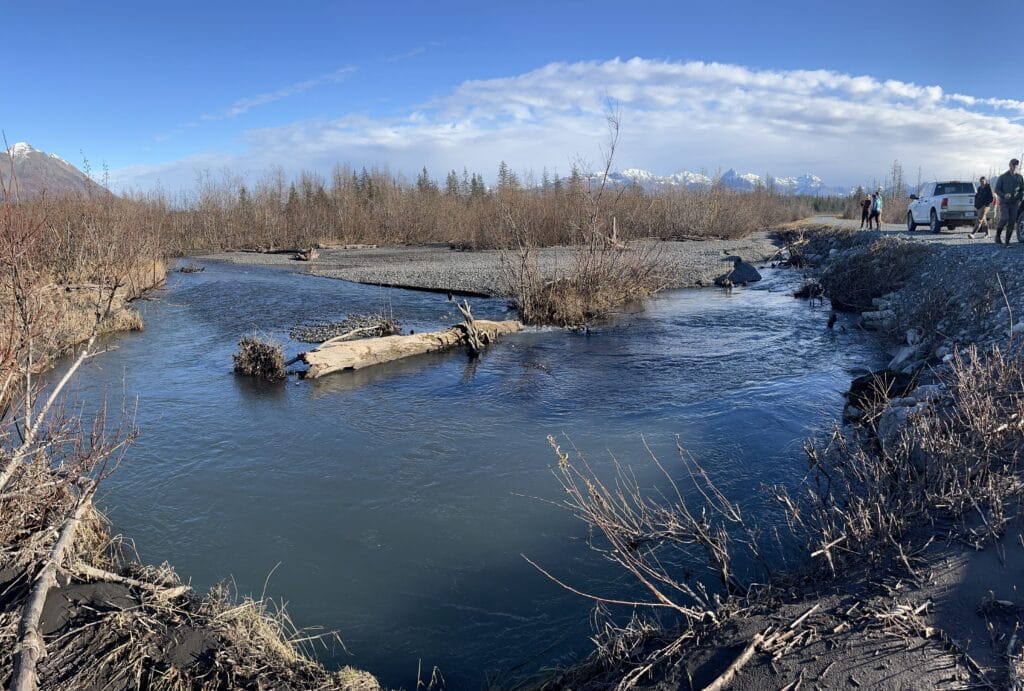
Now, thanks to historic funding from the U.S. Department of Transportation, Forest Service, U.S. Fish and Wildlife Service made possible by the Bipartisan Infrastructure Law, Yakutat is seeing a flurry of construction activity as new fish- and community-friendly culverts are put into place.
Impacts to fish populations are felt strongly by the Yaakwda’at Kwaan Tlingit peoples of Yakutat, who rely on salmon as a primary food source and irreplaceable cultural connection to their lands and waters.
Fishing and tourism are also the largest economic drivers in Yakutat.
The Yakutat Tlingit Tribe (YTT) works to uplift the cultural, social and economic aspects of its community of 820 Tribal members and to steward the entirety of the Tribe’s traditional territory of 9,460 square miles. The Tribe recognized the threat these failing culverts pose to their way of life and have made great strides in reconnecting critical habitat and fostering partnerships with organizations and agencies that can support them in that work. The work of YTT and its many partners is reconnecting habitat for all five species of Pacific salmon, steelhead, rainbow trout, Dolly Varden and hooligan through many different projects.
In September 2023, the Tribe received significant funding from the U.S. Department of Transportation to restore fish passage at three sites along Forest Highway 10, which crosses some of the region’s most productive waters, including the Situk, its many tributaries and neighboring rivers. TU is a partner on these projects.
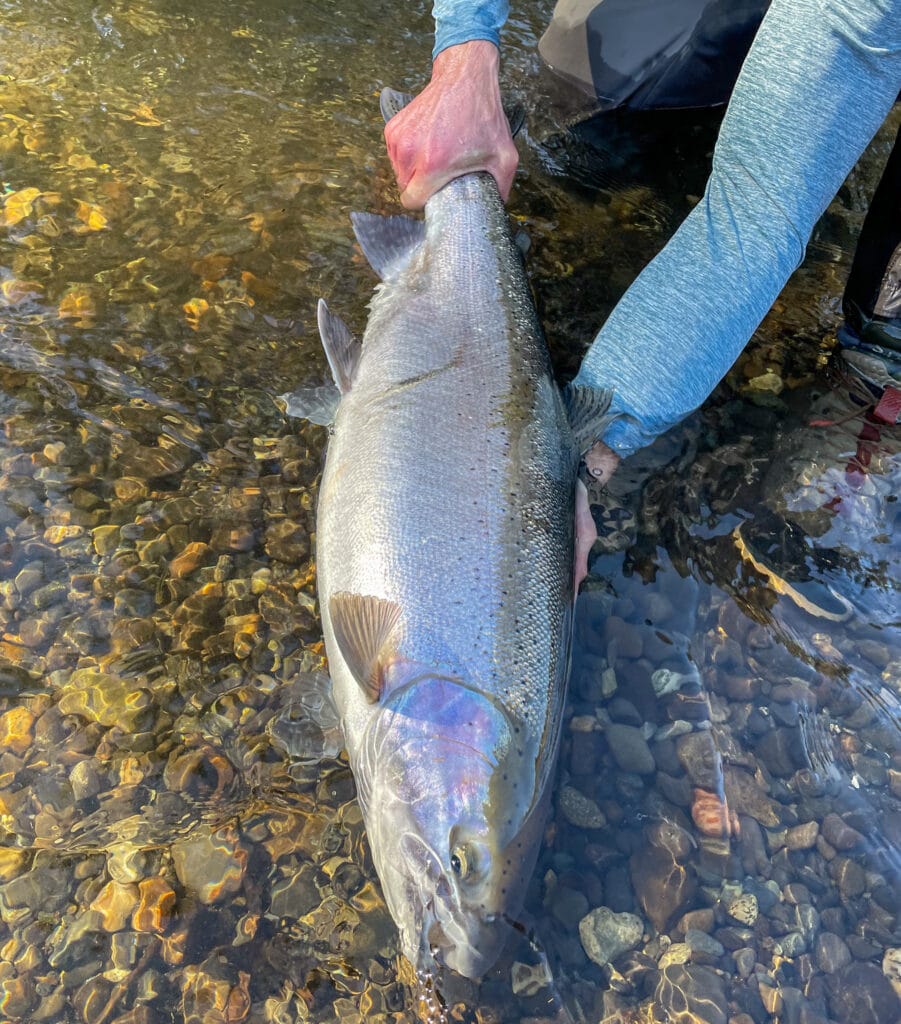
The Yakutat Tlingit Tribe and the Forest Service have long worked together to restore fish passage. The Tribe is working with the U.S. Fish and Wildlife Service to replace three culverts and are drawing up designs for a fourth project along Forest Highway 10. These projects will reconnect 19 miles of habitat.
Trout Unlimited is committed to supporting fish passage efforts in the area. Trout Unlimited is currently replacing three culverts on tributaries of the Situk River along Forest Highway 10 with funding from the Bipartisan Infrastructure Law. These projects will reconnect over four miles of habitat. Trout Unlimited was also recently awarded funding from NOAA Fisheries to replace two additional culverts along Forest Highway 10 that will reconnect five miles of upstream habitat.
These investments will bolster the region’s economy in the near term as local construction crews are put to work. In the long term, they will help support the salmon and steelhead populations that are the cultural and economic backbone of Yakutat.
“The extensive restoration work happening across Yakutat today is a continuation of Yakutat Tlingit Tribe’s long history of stewarding their lands and managing their resources,” said Aaron Prussian, TU’s Alaska Habitat Restoration Director. “Trout Unlimited is proud to work alongside the Tribe and the many other partners who are making this work possible.”


